The Different Type Of Gas Used For Welding
When starting welding for the first time, one of the critical questions is: Which gas should I use?
Different welding gases -Ten essential gases used in welding can be combined for more options!
Welding gases are an integral component of welding in industrial settings and home workshops, playing multiple roles during welding. Common welding gases protect against air and dust contaminants that might pollute an arc while acting as fuel to heat metal.
Gases fall into two broad categories: inert and reactive. Inert gases will not alter or create change when they contact other substances; reactive ones, on the other hand, cause changes to them and those around them.
Inert gases allow welding processes to proceed smoothly without impurities weakening their welds, while reactive gases add an element of change when joining materials together.
C2H2 Gas, Acetylene

Types of Welding Gases
Argon (Ar)
Argon gas is widely utilized for welding processes due to its inert properties. Argon will not react with most substances at average temperatures (though it will at extremely high temperatures), making it an affordable and practical option (especially in the US).
Argon and CO2 mixtures offer enough stability for welding mild steel without needing pure Argon use; alternatively, pure Argon cannot be used due to unstable arc conditions.
Argon welding gas is widely utilized to shield workers and the air surrounding them from contamination.
Argon can be utilized during both the primary and purging stages of welding. MIG welding requires it as the number one gas, while TIG requires no other choice – thus making a bottle of Argon gas an integral component in most welding areas and industries.
Carbon Dioxide or CO2
CO2, or “MIG gas,” is one of the more readily-available natural gases (we all exhale CO2, but only plants can inhale it). CO2 production on an industrial scale is easy and affordable; thus, CO2 welding gas (most commonly used for MIG welding) protects both arc and pool during welding processes.
CO2 costs even less than Argon, resulting in poorer weld quality and more spatter when used alone, leading to less efficient welding jobs than Argon. Thus, it is usually combined with something else, such as Argon, to create CO2-rich blends – these can often be used for welding applications.
Welding Gases
Oxygen (O2)
Oxygen is essential to life on Earth. It tastes of nothing, smells of nothing, and has no noticeable taste or odor – making it highly reactive. In welding applications, Oxygen can be mixed with other shielding gases to alter the fluidity of molten metal and speed up processes as needed.
Oxygen can also be used to add heat when welding. Mixing it with acetylene creates a sufficient flame to weld steel ( only flame). Oxygen may even eliminate the need for shielding flux filler wire in your welding.
Helium (He)
Helium has the unique quality of never freezing, simultaneously giving rise to both a liquid state and a solid state. Furthermore, inhaling it changes your voice, so most of us encounter it via this means.
Helium is scarce on Earth and challenging to produce, making its price tag relatively high compared to other welding gas options. Used primarily as a shielding gas in both pure form and blends for shielding applications due to deep penetration capabilities and enhanced heat input; however, consistent arc starts may be difficult with it.
Helium works best when mixed with Argon to offset its inconsistent starting properties.
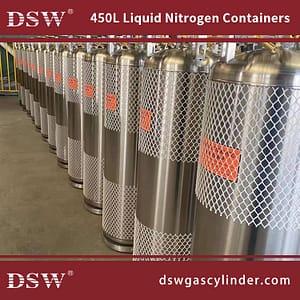
Nitrogen (N)
Nitrogen is the predominant natural gas and makes up most of our atmosphere. Nitrogen can be used as an atmospheric shielding gas when plasma cutting or laser welding.
Blends of this gas can be created for more specialist applications. At the same time, carbon steel cannot tolerate its presence; nitrogen-rich metals often perform much better when using this shielding gas as part of their shielding strategies.
Blanketing can also be accomplished at a lower cost with this option, making it ideal for use over large areas without incurring excessive costs.
Hydrogen (H)
Hydrogen is an element that is both reactive and simple, yet it remains one of the primary materials used in welding applications. Hydrogen gas can be safely mixed into blends in small percentages to increase heat output while staying safe. Hydrogen welding processes exist, known as “atomic hydrogen welding.”
Atomic hydrogen welding requires pure hydrogen to create an incredible heat of 7200deg F, allowing welders to weld metals with extremely high melting points. Be aware, though: this welding requires specialized training to do so safely.
Acetylene, propane, and propylene are highly flammable gases used for oxy-fuel welding processes and must be handled carefully.
Acetylene- Weld Gases
Acetylene is highly flammable and easily ignited in the air. It is easy to produce and affordable to use as fuel in certain forms of welding, where its combination with oxygen creates a scorching flame capable of cutting or welding most metals.
Propane
Propane is highly flammable and highly combustible in the air. They are commonly referred to as LPG (Liquid Petroleum Gas); this fuel source can be found in many places around the home and office.
Odorant gases such as ammonia will damage skin upon contact, yet cannot be used in gas welding as, unlike acetylene when burned with oxygen, they do not create a reducing zone that would clean steel surfaces as you weld.
Brazing wire is typically employed after welding is complete for final brazing purposes.
Propylene
Propylene is not a pure gas; instead, it’s a mixture of Oxygen. When ignited, propylene will burn at much higher temperatures than Propane and Oxygen and is the ideal gas choice for non-structural welding, brazing, and heating applications.
However, welding gas typically comes in small, disposable canisters, which do not offer enough heating power for welding large items.
The Effect of Shielding Gas on Welding
Air entering a welding arc creates air bubbles within the molten metal, leading to weak and unattractive welds. Shielding gas protects weld pools from oxygen, nitrogen, and hydrogen; their interaction can create issues, including porosity and spatter.
Most shielding gases are inert, making them perfect for shielding the welding process. Their stability during welding enables greater fluidity, better penetration, and smoother bead surfaces for more excellent weld quality and desirable mechanical properties in finished welds.

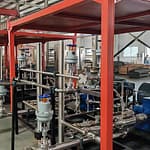

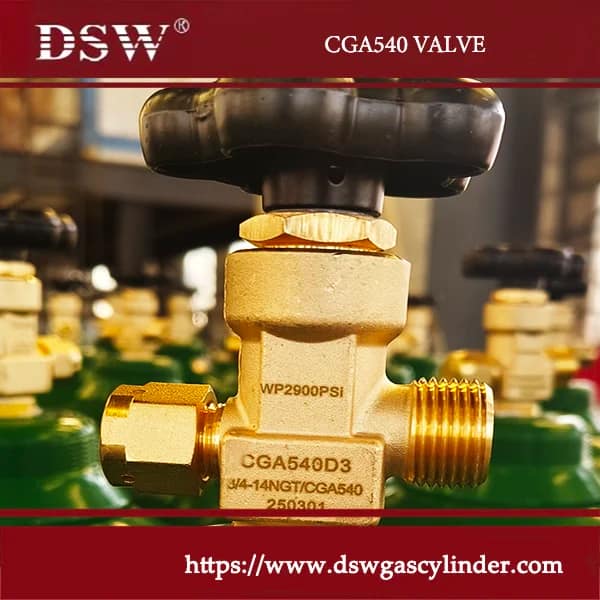
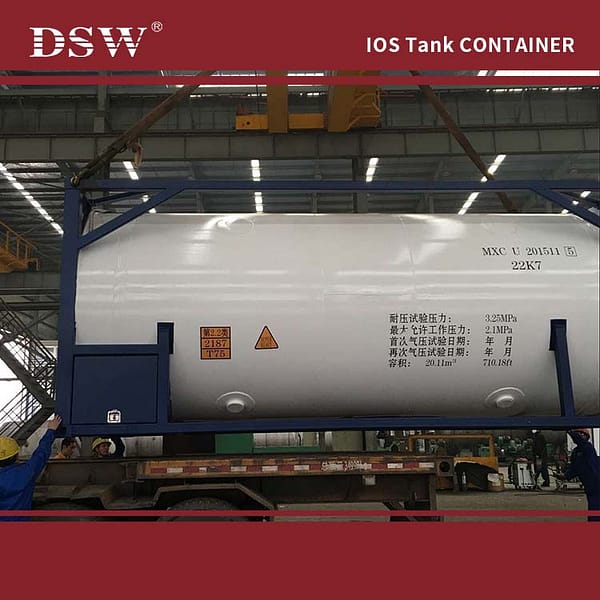
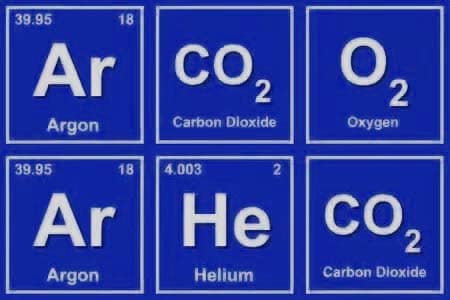
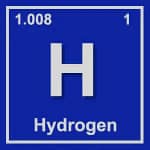

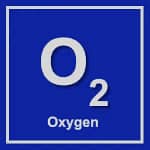
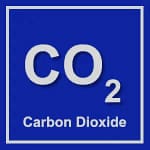
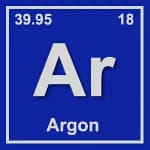
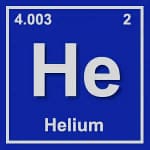
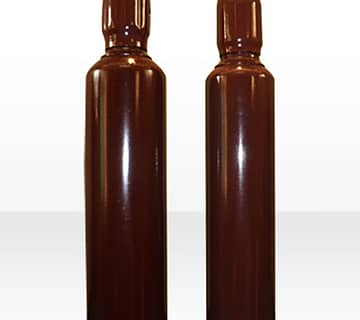
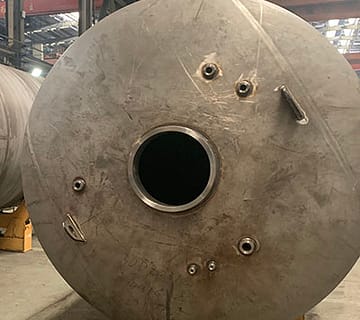
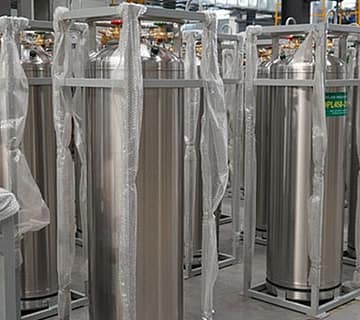

No comment